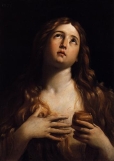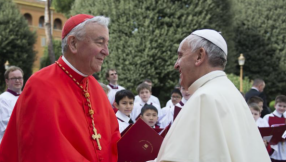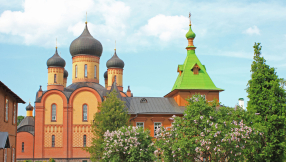Mary Magdalene. She was the prostitute who washed Jesus' feet, right?
Wrong.
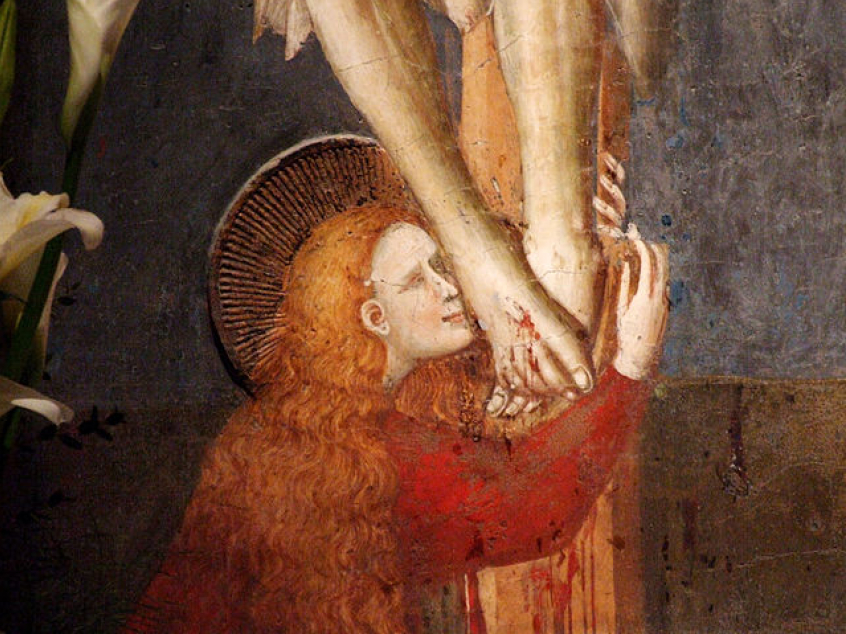
Mary, from a village called Magdala on the shore of the sea of Galilee, has a reputation. She is the paraiah of biblical characters. Her identity is oft conflated with that of another – a woman, left unnamed but called a sinner, who anoints Jesus' feet in Luke 7. Her identity has further been merged with another Mary, Mary of Bethany, who also anoints the Messiah's feet (John 11).
That Mary was a prostitute is popular in Western Church thought – and was official Catholic teaching until 1969 – but there is no biblical foundation for such a conclusion.
The idea of her being a prostitute, in fact, dates back to a homily given by Pope Gregory I in around 591, where he identified her as the "composite Magdalene".
OK, so if she wasn't a prostitute, who was she?
Our first encounter with Mary – who is named 12 times across the four Gospels – is in Luke chapter 8, where Jesus casts seven demons from her, healing her from those "evil spirits". It is not until the passion narrative that we meet her again, where she is described as having "followed him [Jesus], and ministered to him" throughout his ministry in Galilee. It is during the last days of Christ's life that Mary shines.
Faithful until the end, Mary was unique in being present at the crucifixion, burial and is the first witness to the resurrection.
OK, so now we've got who she is, what can we actually learn from her?
1. God meets us where we're at
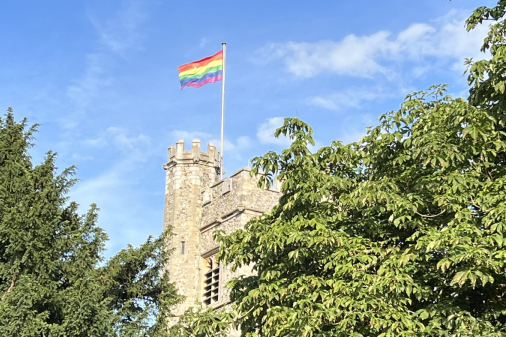
Although the rumours that Mary was a prostitute had little foundation, Luke's Gospel does describe her as having been freed from seven demons. The longer ending of the Gospel of Mark backs this up (although it is commonly thought to be a second century addition, that may well have been based on Luke). Jesus met her as an afflicted woman, did not overlook her, but chose to meet her when she was still tormented. He did not leave her in that state, but healed her from her afflictions, liberating her.
God is a God of mercy and a God of redemption. He is willing to meet us where we are, in our mess, but rarely leaves us there. Just as Jesus met Mary while she was still possessed, God is willing to meet us in our mess. He did not leave her to deal with the demons, but liberated her, and that promise is extended to us.
3. We are able to serve God
Mary Magdalene was faithful to Jesus until the end. Where others fell away, she persevered, knowing to whom she owed her redemption. Where other biblical characters confused their Messiah's identity, forgetting His sovereignty, she remained faithful until, and after, his death.
Having been healed, she chose to follow him. She chose to stay faithful to him beyond the place of it being comfortable. She chose to stand on the truth even when popular opinion had abandoned it.
Mary's perseverance in witness can be both a challenge and an encouragement to us. It is easy to be influenced by the world's standards for truth and value, to the point that our opinions are dictated by theirs. Mary's witness is a reminder to remain faithful to God, even when our immediate circumstances might not make that easy. After Mary stood by Jesus at his death, she was rewarded by meeting him again after his resurrection.
3. God is not limited by our circumstance
Jesus revealed himself to Mary before any other. The idea that women a woman would be a valid witness may seem plausible in 21<sup>st Century western society, however it was unheard of in 1<sup>st Century Palestine. The testimony of women was not given the same weight as men's, either personally or in a court of law. That Jesus chose to reveal himself to her first was revolutionary. He then sent her to "go and tell" the other disciples. He trusted her to tell his followers of his return.
Although they did not trust her testimony, Jesus did. He was not defined by his culture, rather sought to invade and transform it, liberating those who were suppressed by it.










